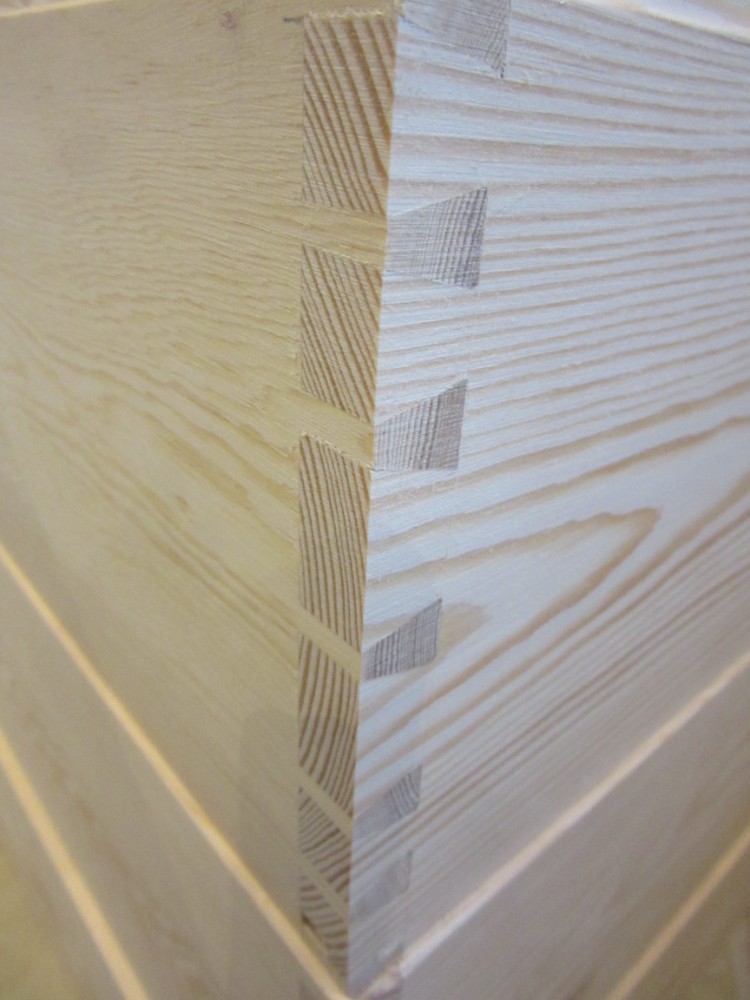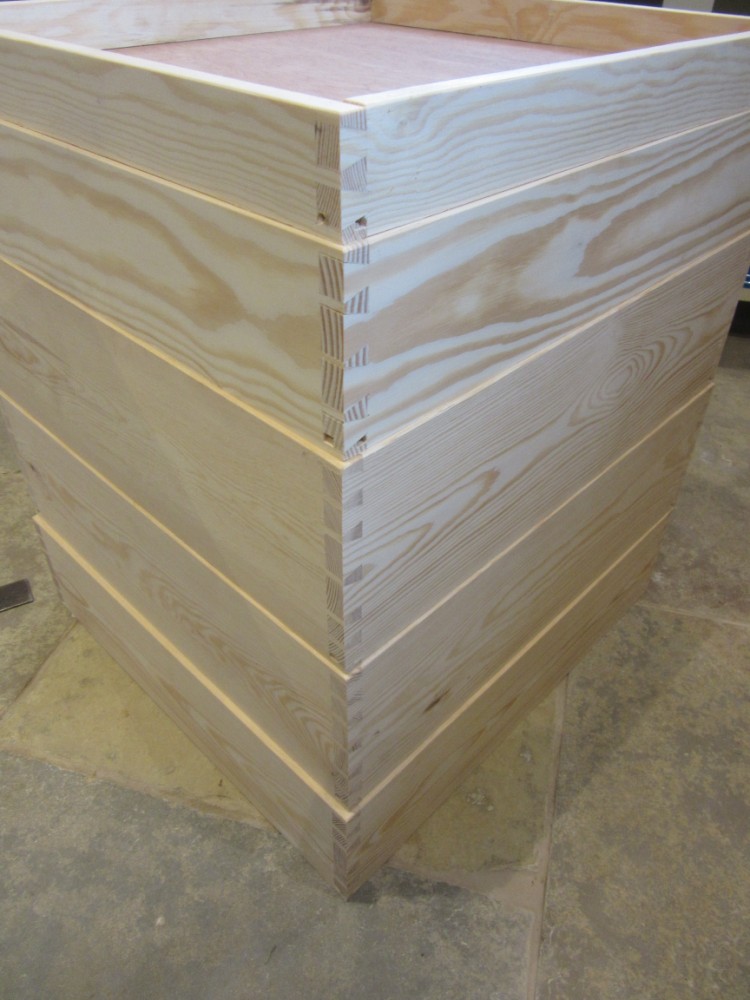MikeG.":o1wcmcf5 said:
But seriously, you guys who teach, or if you've been to lessons lately, what do/ did you use? My personal preference is ash, but if there is something easier for beginners/ improvers to use, let me know.
Well, as someone with quite a lot of experience teaching basic woodworking, and advanced woodworking for that matter I suppose, the ideal wood for what you want is, as others have said, poplar aka, tulipwood, i.e.,
Liriodendron tulipifera. It's hard, but not too hard, diffuse porous, fine grained, works easily with hand and machine tools and, crucially, pretty cheap, so serious cock-ups aren't financially terminal. Most people think of poplar as either paint grade material or secondary wood in furniture because it's a bit soft, usually pretty plain, not generally especially attractive, etc, but if it's purely skills building you're aiming to impart it's ideal.
I'd avoid all the ring porous species, e.g., ash and oak to start with because beginners find the hard/soft nature of the material difficult to cope with, much the same as most of the gymnosperms, e.g., Scots pine.
Later, once skills start to develop learners could move on to some of the more challenging species, that also happen to be more expensive, a lot more expensive in many cases, e.g., hard or soft maple, American cherry, black walnut, oaks, ash, and so on.
Just my opinion and experience anyway. Slainte.


































